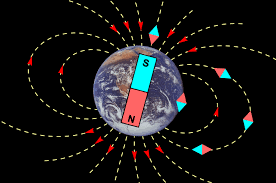EXAMPLES
* Coral reefs are amongst the most diversity ecosystem on earth.*Rainforest are an example of biodiversity on the planet and typically possess a great deal of species diversity.
Well biodiversity is the variety of different species in a biome or specific region.


